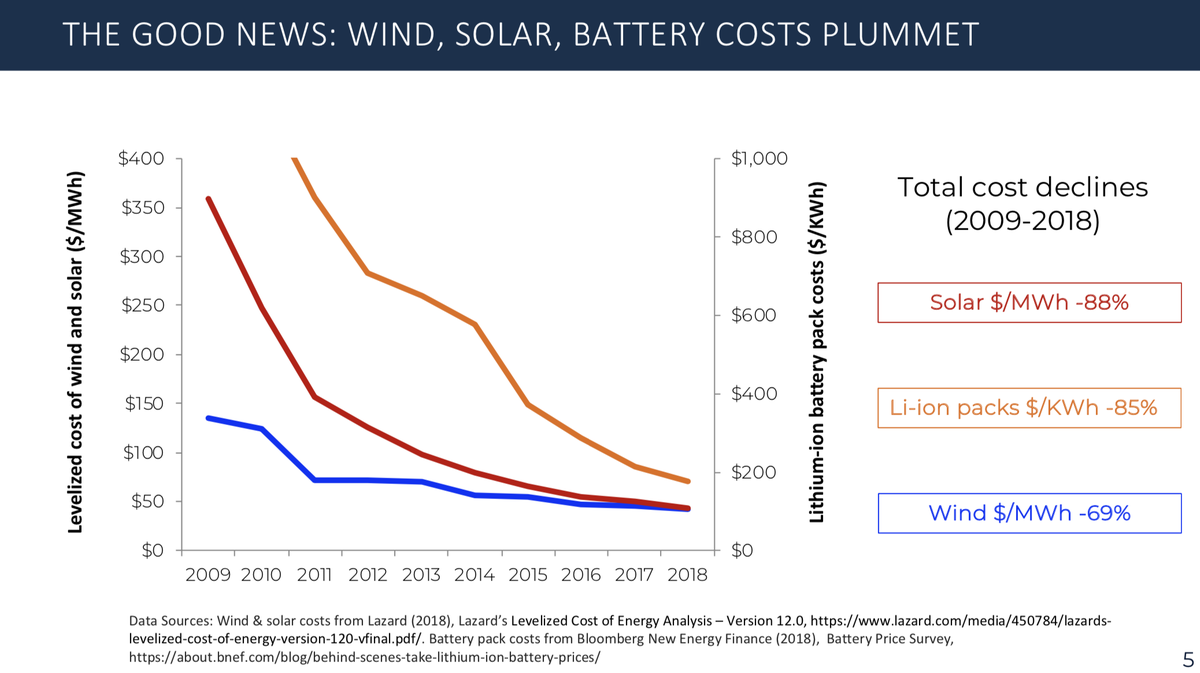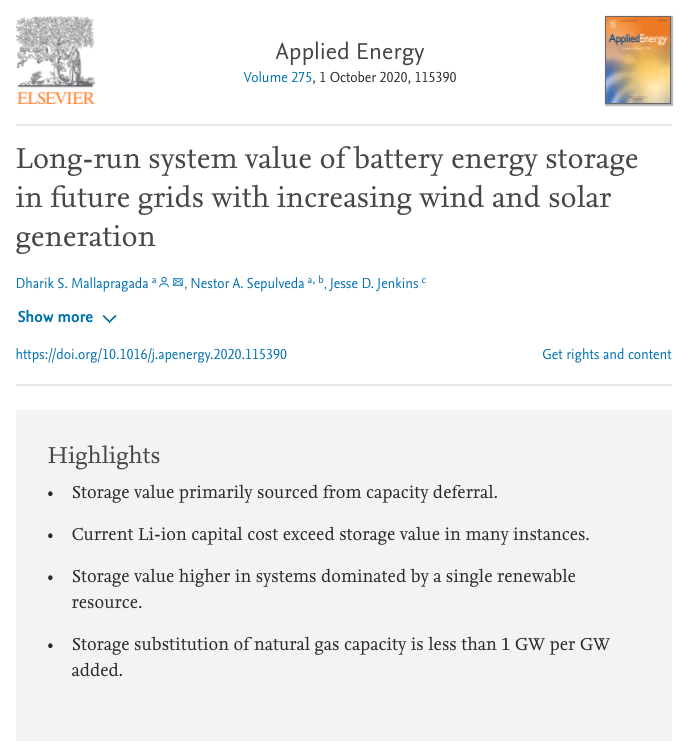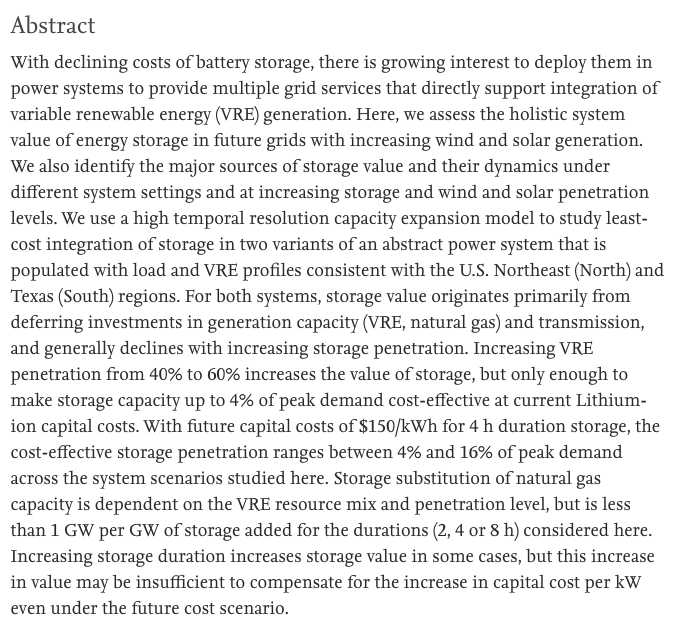
So let's talk about Budget Reconciliation, that 'one weird trick' the Senate majority uses to bypass the filibuster on measures related to revenue, spending and taxes. An explainer: budget.house.gov/publications/f…
Republicans used reconciliation in 2017 to pass the Trump/McConnell tax cuts that almost entirely benefited the wealthy & corporations, added $1.9T to the deficit, and killed the penalty for not getting health care. (They did pretty much the same thing in 2001, 2003, & 2006 btw).
Democrats can now use reconciliation to: expand unemployment insurance & $2,000 checks & $ for small biz to help Americans weather the pandemic, $ for vaccinations, rebuild our infrastructure, invest in US manufacturing, build clean energy, and tax the uber wealth. Seems fair.
Elections have consequences. (Seems like maybe the only thing that does these days)
(They *could* also use it to put a price on carbon pollution. Perfectly germane for budget reconciliation. This one's for you @JosephMajkut and @noahqk)
• • •
Missing some Tweet in this thread? You can try to
force a refresh





